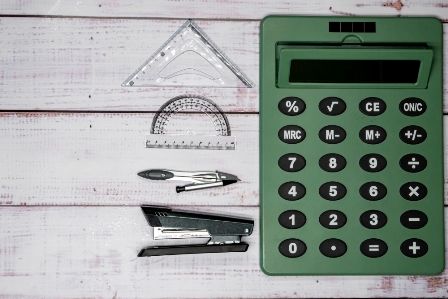Practical Applications of ml to kg Conversions
🍳 Cooking & Baking
Professional chefs often need to convert volume measurements to weight for precision. For example, 250ml of all-purpose flour equals approximately 0.148kg, but this varies based on how the flour is packed.
🧪 Laboratory Use
In scientific settings, precise conversions are critical. Water at 4°C has a density of exactly 1 g/ml, making it the standard reference for calibration purposes.
🏭 Industrial Applications
Manufacturing processes often require converting liquid volumes to weight for inventory, shipping, and recipe formulation. Knowing that 1000ml of cooking oil weighs approximately 0.92kg helps in accurate cost calculations.
Common Milliliter to Kilogram Conversions
Reference this quick conversion table for popular substances (values approximate):
| Volume (ml) | Water (kg) | Milk (kg) | Cooking Oil (kg) | All-Purpose Flour (kg) |
|---|---|---|---|---|
| 100 ml | 0.100 kg | 0.103 kg | 0.092 kg | 0.059 kg |
| 250 ml | 0.250 kg | 0.258 kg | 0.230 kg | 0.148 kg |
| 500 ml | 0.500 kg | 0.515 kg | 0.460 kg | 0.295 kg |
| 750 ml | 0.750 kg | 0.773 kg | 0.690 kg | 0.443 kg |
| 1000 ml (1L) | 1.000 kg | 1.030 kg | 0.920 kg | 0.590 kg |
Factors That Affect Conversion Accuracy
While our ml to kg converter provides precise calculations based on standard density values, several factors can influence real-world measurements:
- Temperature: Most substances expand when heated and contract when cooled, changing their density
- Pressure: High pressure can compress materials, increasing their density
- Composition: Variations in substance composition (e.g., whole milk vs. skim milk) affect density
- Packaging: How ingredients are packed (sifted, compacted) significantly impacts weight per volume
For scientific applications, always measure at standardized temperatures (typically 20°C or 4°C for water) and account for these variables.
Frequently Asked Questions
Why is 1000ml of water exactly 1kg?
The metric system was intentionally designed with this relationship in mind. In 1795, the gram was defined as the mass of one cubic centimeter of water at the temperature of melting ice. This created a direct relationship between volume and mass measurements for water, making conversions straightforward.
How does temperature affect ml to kg conversions?
Temperature significantly impacts density. Water, for example, is most dense at 4°C (1.000 g/ml). At room temperature (20°C), its density decreases to about 0.998 g/ml. For most applications this difference is negligible, but in scientific contexts it must be accounted for.
Can I use this converter for any substance?
Our converter includes common substances with known densities. For specialized materials not listed, you’ll need to determine the specific density value and manually perform the calculation using the same formula: mass = volume × density.
Why do different substances have different densities?
Density depends on how closely molecules are packed together and their atomic mass. Substances with heavier atoms or tighter molecular packing have higher densities. For example, lead has high density because its atoms are both heavy and closely packed, while feathers have low density due to air spaces between lightweight molecules.
Master Your Measurements With Confidence
Whether you’re following a recipe, conducting experiments, or managing industrial processes, accurate conversions are essential. Bookmark this page for quick access to our ml to kg converter whenever you need precise measurements.






